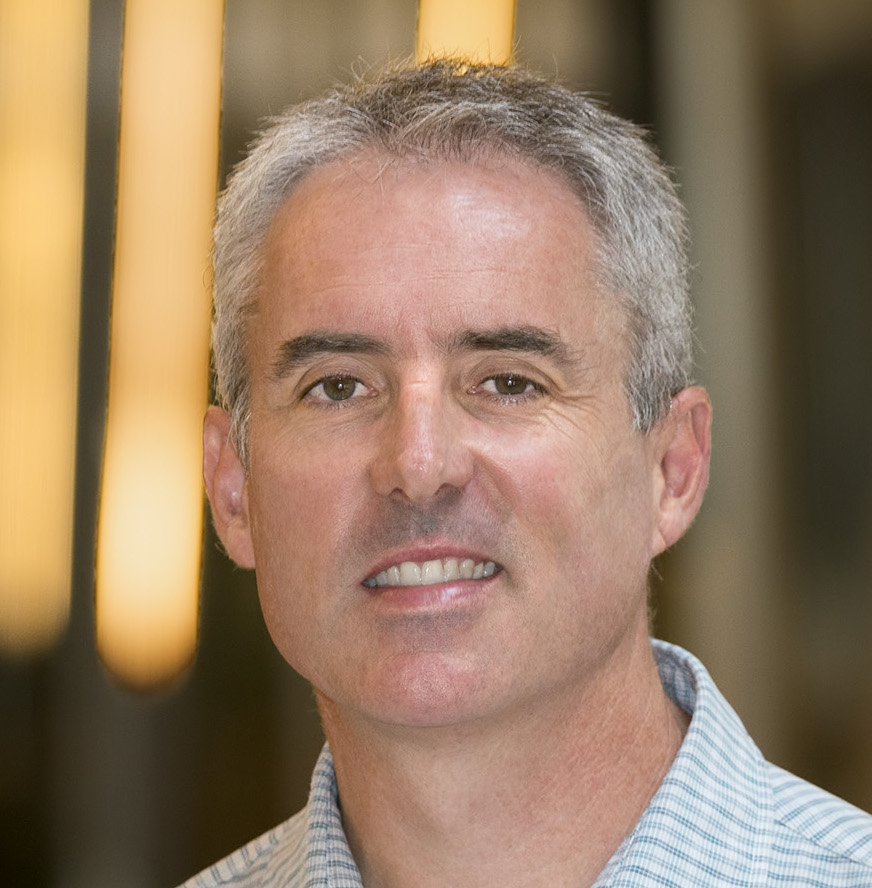Fingerprinting X-ray bursters
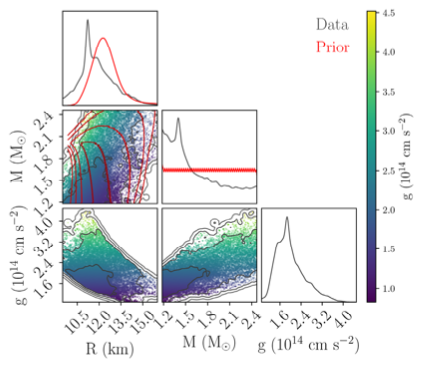 The first accretion-powered millisecond pulsar ever found,
SAX 1808.4—3658 is a remarkable object, also showing thermonuclear
bursts during it's infrequent outbursts. Over several years PhD student Adelle Goodwin has
been trying to match the bursts observed during it's 2002 outburst with
the predictions of a numerical model.
This exercise can be thought of as
searching exhaustively for a set of parameters which (in the model) reproduce
the observed properties of the bursts.
Now that we have
an improved
formula for determining the energy of these bursts, she built a
Markov-chain Monte-Carlo (MCMC) code
to constrain system parameters including neutron star mass and radius for
the source. Her paper describing the study, and it's results, has now been
published by
MNRAS
The first accretion-powered millisecond pulsar ever found,
SAX 1808.4—3658 is a remarkable object, also showing thermonuclear
bursts during it's infrequent outbursts. Over several years PhD student Adelle Goodwin has
been trying to match the bursts observed during it's 2002 outburst with
the predictions of a numerical model.
This exercise can be thought of as
searching exhaustively for a set of parameters which (in the model) reproduce
the observed properties of the bursts.
Now that we have
an improved
formula for determining the energy of these bursts, she built a
Markov-chain Monte-Carlo (MCMC) code
to constrain system parameters including neutron star mass and radius for
the source. Her paper describing the study, and it's results, has now been
published by
MNRAS
Read the paper (MNRAS 490, 2228, 2019)
Labels: 2019, /postgrads


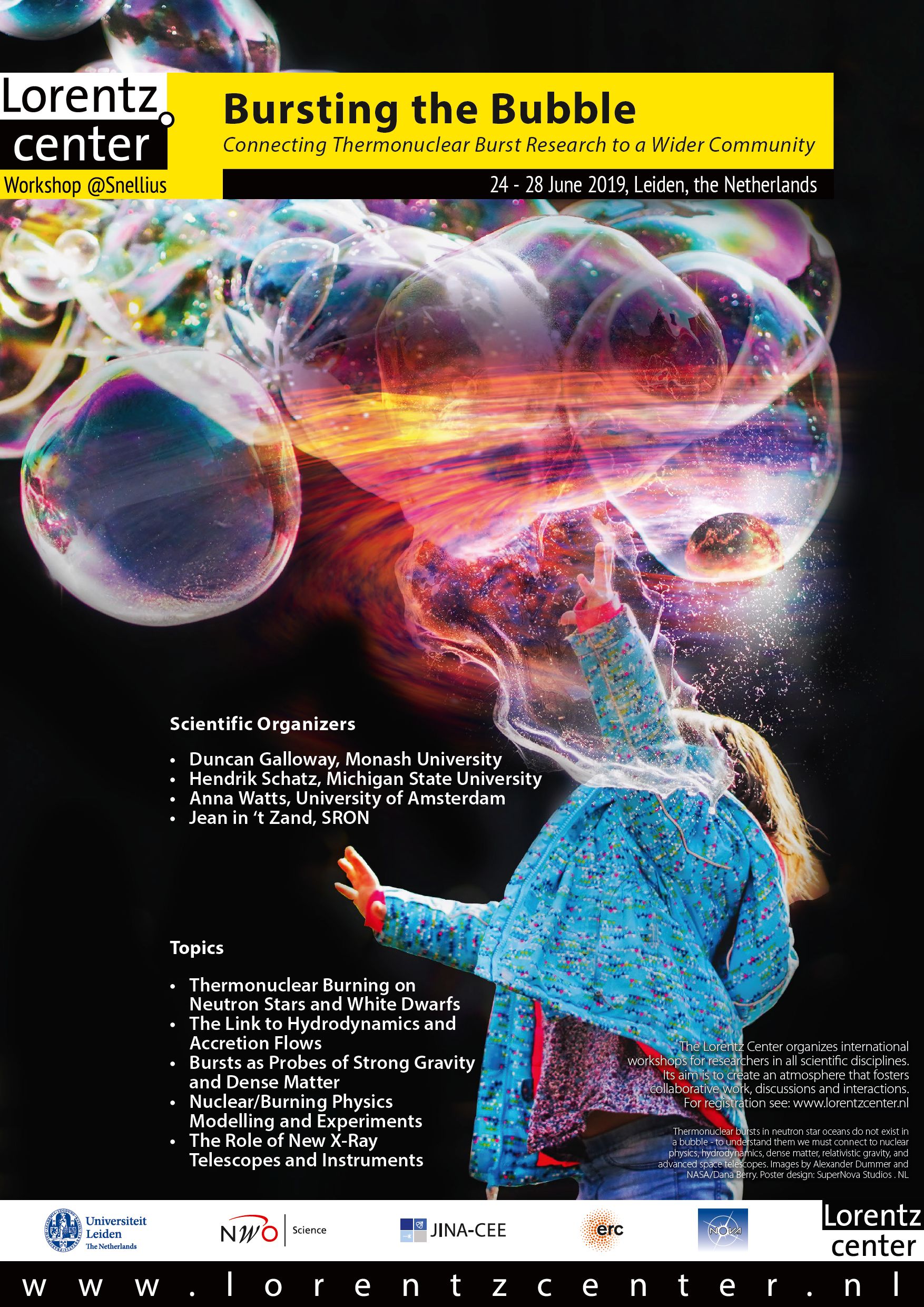 In June I attended the
In June I attended the 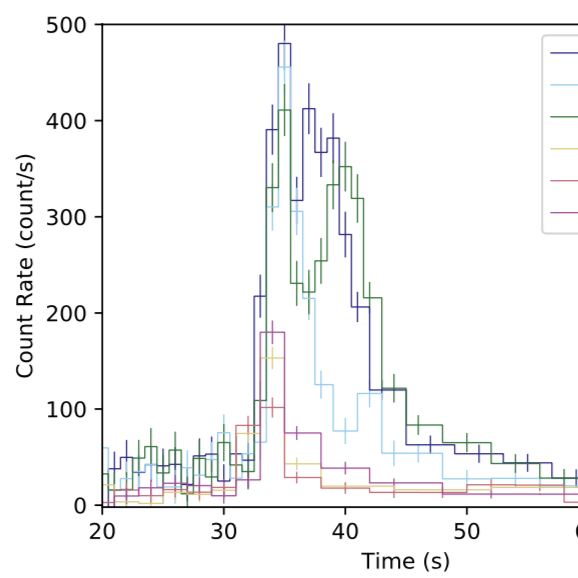 While examining RXTE data for the
While examining RXTE data for the
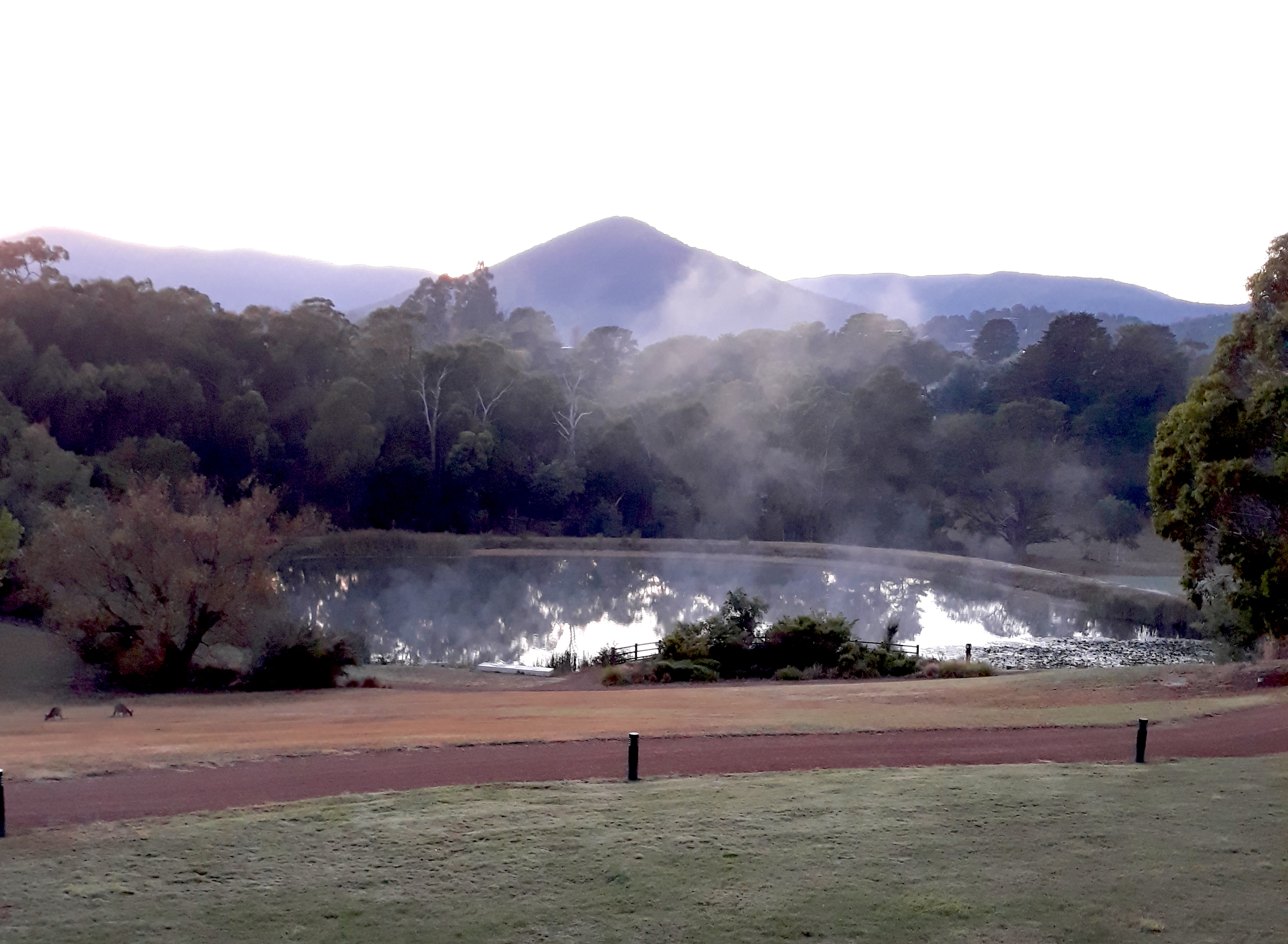 The
The 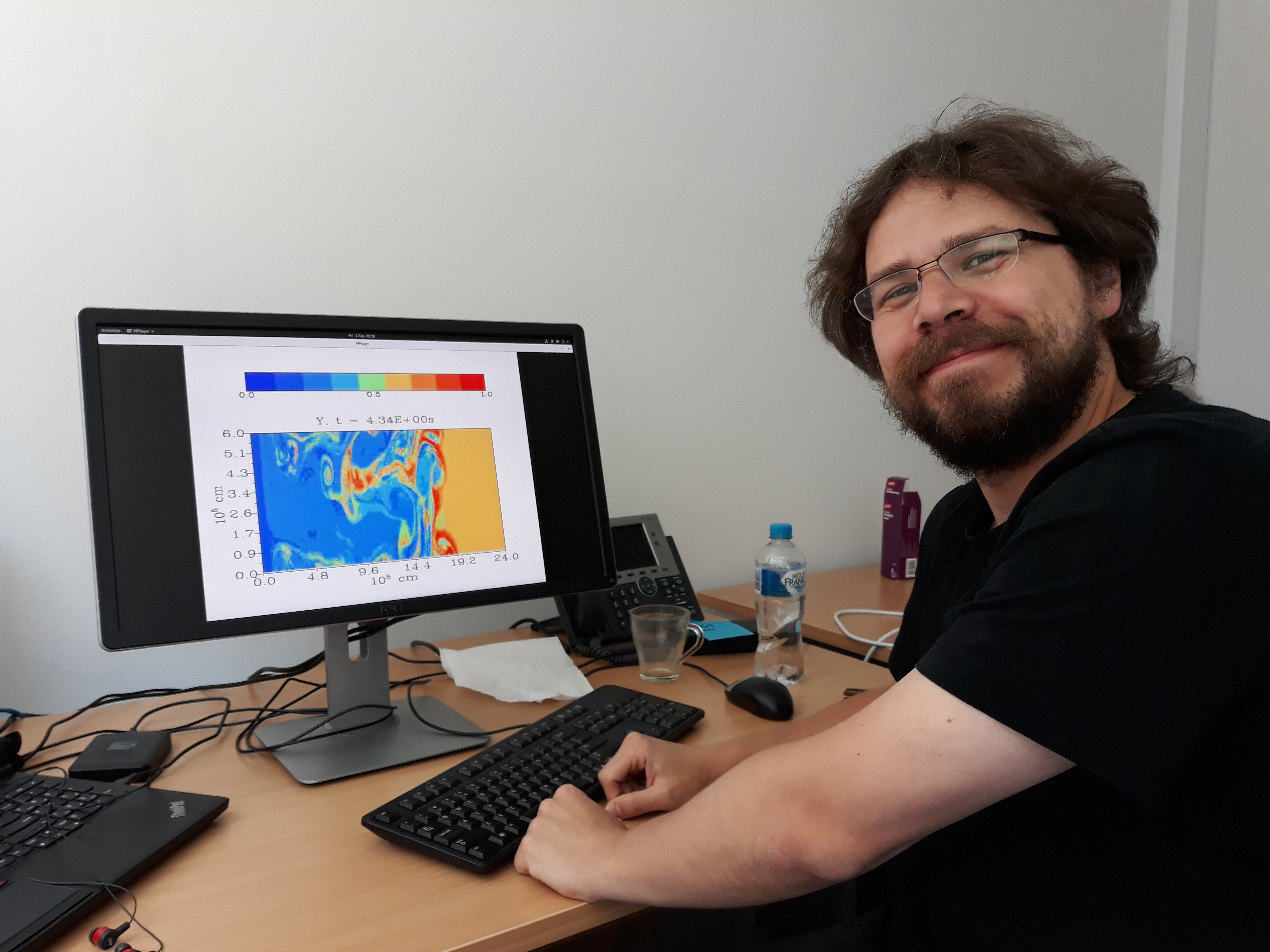 Longtime collaborator and friend of bursts
Longtime collaborator and friend of bursts
